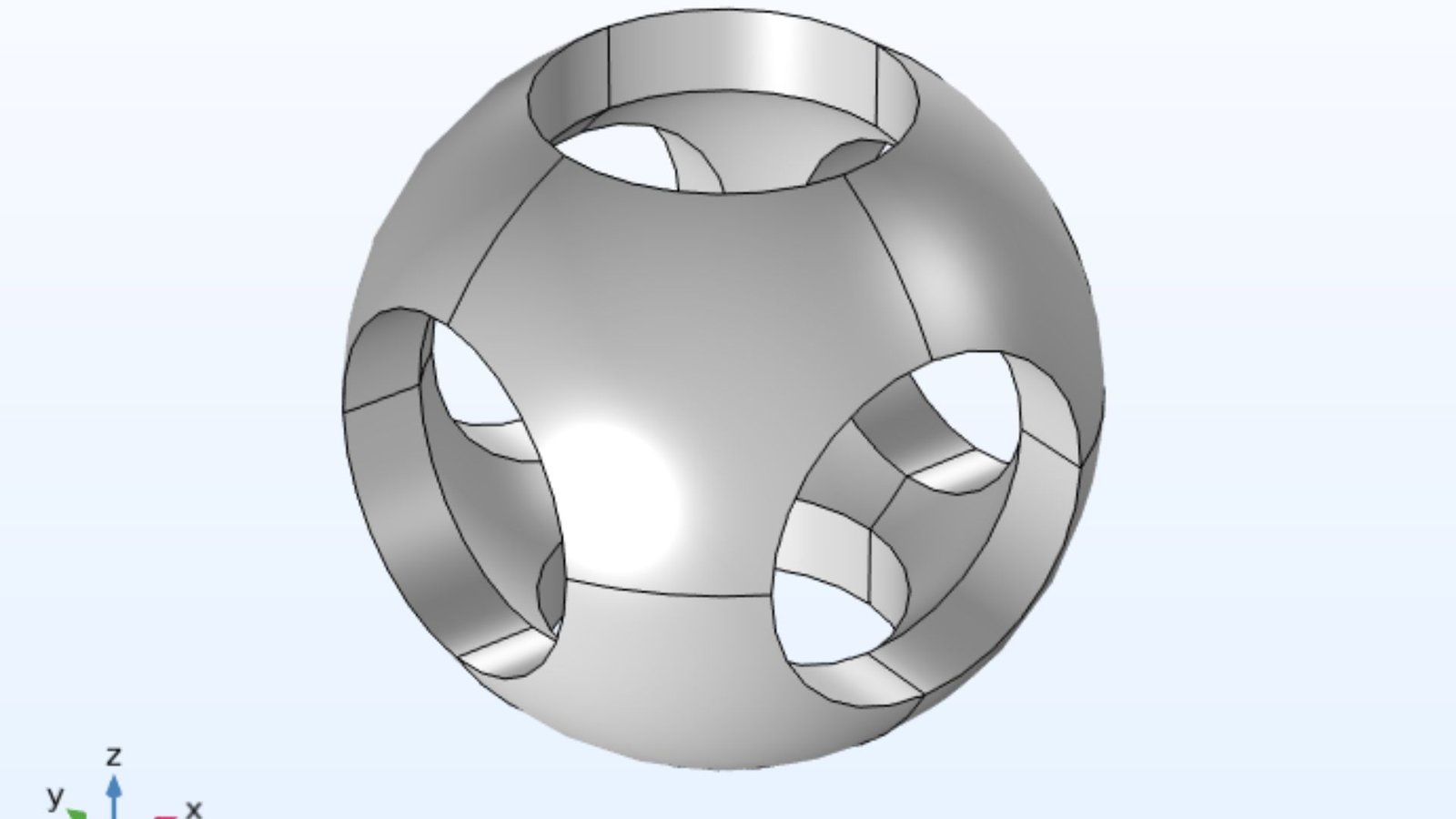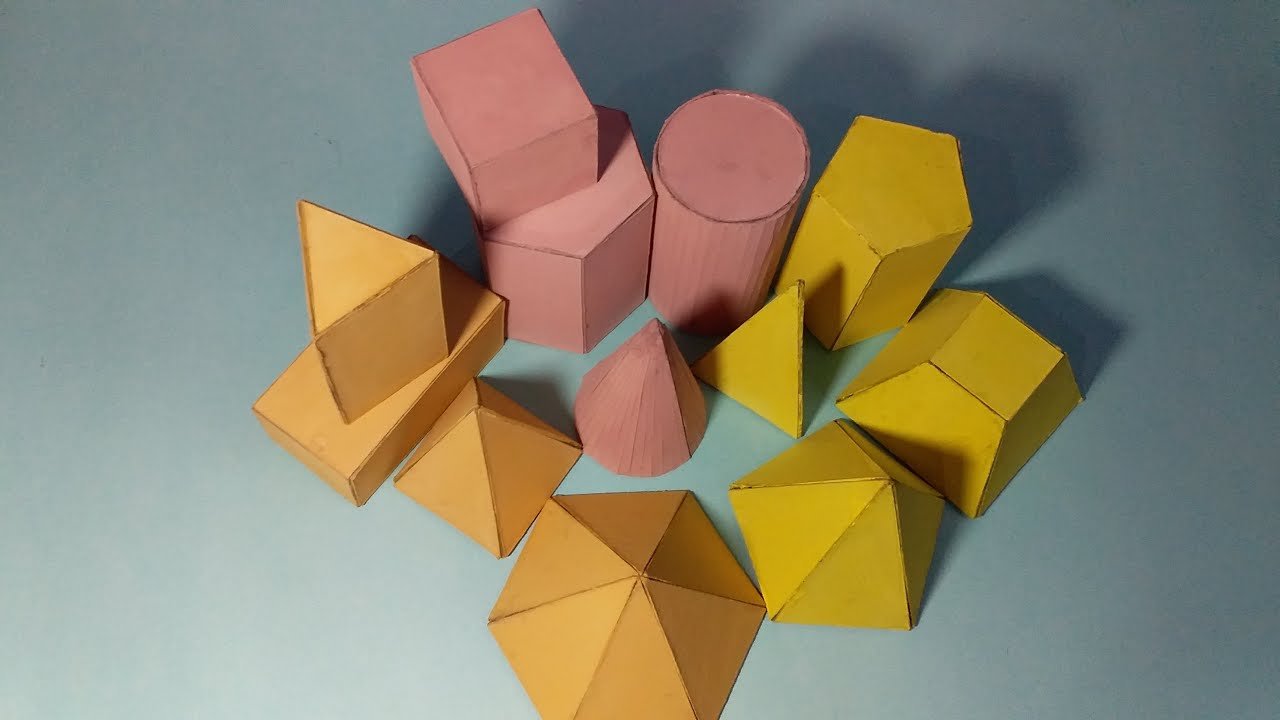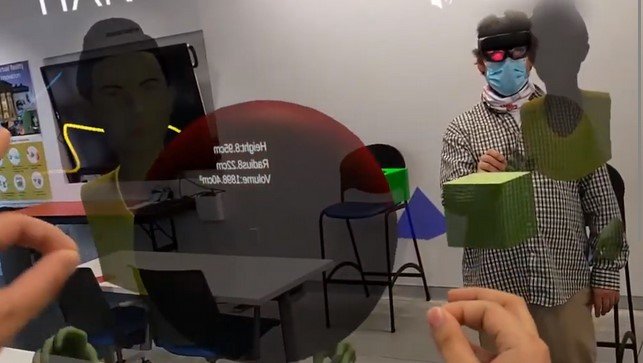Geometric informatics plays a crucial role in shaping 3D modelling. With the help of geometric principles, 3D modelling has become more accurate and efficient. These principles are used to design and manipulate 3D objects in various fields such as architecture, gaming, and product design. In this article, we’ll explore how geometric informatics shapes 3D modelling and why it’s so important for creating realistic and precise models.
1. Understanding Geometric Informatics in 3D Modeling
To begin, it’s important to understand what geometric informatics is. Geometric informatics refers to the application of geometry and mathematical principles to the creation, analysis, and manipulation of shapes in 3D space. These principles are what give 3D models their structure, helping designers create models that are both functional and visually appealing. Through the use of geometry, 3D modeling software can accurately represent objects and their properties, from simple shapes to complex structures.
2. Precision and Accuracy in Design
One of the key ways that geometric informatics shapes 3D modeling is by ensuring precision and accuracy. When designing 3D models, the smallest errors in dimensions can lead to major issues later on. For example, in architecture, a small mistake in measurements could lead to a structure that is unstable. By using geometric tools and algorithms, designers can create models with perfect accuracy, avoiding costly mistakes. Geometric informatics allows designers to work with mathematical formulas that precisely control the size, angles, and positions of each element in the model.

3. Creating Complex 3D Structures
Geometric informatics also makes it possible to create complex 3D structures that would be impossible to build by hand. With the help of geometric algorithms, designers can generate intricate and detailed models quickly and efficiently. These algorithms allow for the creation of curved surfaces, organic shapes, and complex patterns that would be difficult or time-consuming to model manually. By shaping 3D models with geometric principles, designers can bring their ideas to life with much more flexibility and creativity.
4. Enhancing 3D Visualization
Another important way that geometric informatics shapes 3D modeling is by improving the visualization of 3D models. In many industries, such as gaming or virtual reality, creating realistic 3D environments is key to engaging the user. Geometric informatics allows for the creation of models with more lifelike textures, lighting, and proportions. These principles can simulate real-world physics, allowing designers to generate realistic shadows, reflections, and surface details. This enhances the overall visual experience and helps to create immersive 3D worlds.
5. Streamlining the Modeling Process
Geometric informatics also helps streamline the 3D modeling process. Many modern 3D modeling programs use geometric algorithms to automate tasks such as scaling, rotating, or transforming shapes. These tools make it easier for designers to manipulate objects in 3D space without manually adjusting every detail. As a result, the design process becomes faster and more efficient, freeing up time for creativity and refinement. Furthermore, geometric informatics can optimize 3D models for different purposes, whether it’s for 3D printing, animation, or virtual simulations.
6. Improving Collaboration and Accuracy in Industries
In industries like automotive design or architecture, collaboration is key. Geometric informatics plays an important role in improving collaboration between designers, engineers, and architects. By using standard geometric principles, all team members can understand the model and contribute to its development. This ensures that everyone is on the same page and helps to avoid misunderstandings or mistakes. When working with large, complex models, clear and accurate geometric data is essential for smooth collaboration and successful project outcomes.
7. Future of 3D Modeling with Geometric Informatics
Looking ahead, the role of geometric informatics in 3D modeling will only continue to grow. As technology advances, the tools used in 3D modeling will become even more powerful, allowing for more intricate and detailed models. For example, new algorithms and software will enable designers to work with more complex shapes and designs, pushing the boundaries of what is possible in 3D modeling. As industries such as artificial intelligence, robotics, and virtual reality evolve, the influence of geometric informatics on 3D modeling will remain crucial for creating innovative and accurate digital models.
Conclusion
In conclusion, geometric informatics shapes 3D modeling in many important ways. From ensuring precision in design to improving the visualization of models, geometry is at the heart of 3D modeling. Geometric principles help create complex structures, streamline the modeling process, and enhance collaboration across industries. As 3D technology continues to develop, the importance of geometric informatics will only increase, enabling designers to create more accurate and realistic 3D models than ever before. By understanding and applying these geometric concepts, 3D modeling will continue to transform the way we design and create in the digital world.




